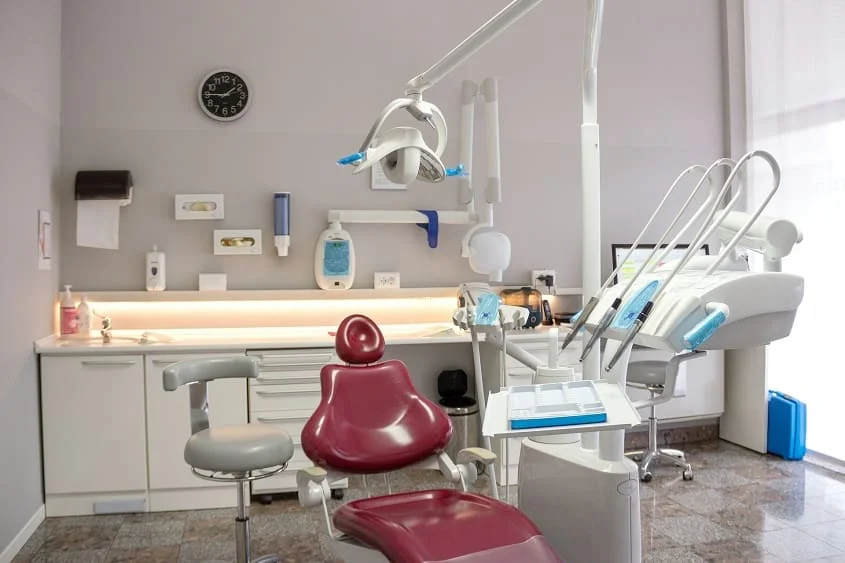Digital technology has transformed countless aspects of healthcare, and dentistry is no exception. From how patient records are stored to how restorations are designed and delivered, digital tools enhance accuracy, comfort, and efficiency in oral care. This article explores the real-world benefits of digitally-led dentistry and why it’s increasingly becoming the standard in dental practices and laboratories across the UK.
Precision That Starts with the Scan
One of the first major advancements in digital dentistry is the use of intraoral scanners. Unlike traditional impression trays, which can be messy and uncomfortable, digital scans are fast, clean, and highly accurate. These 3D scans create a detailed map of a patient’s mouth, allowing for better-fitting crowns, aligners, and bridges. This also reduces the need for adjustments or repeat appointments, which benefits both patients and practitioners.
Faster Turnaround Times
Once a digital scan is completed, it can be sent instantly to a dental laboratory for fabrication. This eliminates delays associated with physical impressions being shipped or potentially damaged in transit. Labs using digital workflows can begin designing and producing restorations almost immediately, leading to shorter waiting times and more predictable treatment schedules.
Many modern labs, such as this leading dental lab UK, are fully equipped to receive digital files, design restorations with CAD software, and produce them using high-end milling machines or 3D printers. The result is a streamlined process from chair to lab to smile.
Improved Comfort and Communication
Digital tools don’t just benefit the technical side of dentistry — they also enhance the patient experience. With 3D images and visual simulations, dentists can clearly show patients the current condition of their teeth and how proposed treatments will work. This visual engagement level helps patients better understand their options and feel more confident in their care plan.
Patients also appreciate the more comfortable experience digital tools offer. There’s no need to hold an impression tray in your mouth, and there’s far less room for human error in the capture and production of restorations.
Better Record-Keeping and Long-Term Planning
Digital records allow for easy storage, updates, and sharing. Whether it’s to compare a patient’s bite over time or refer to a specialist, digital files simplify the process. These records can also be backed up securely, reducing the risk of lost or damaged information.
With access to years of consistent digital data, clinicians are also better equipped to plan long-term treatments. They can track subtle changes over time and use historical data to improve outcomes in complex cases.
Eco-Friendly and Cost-Efficient
Digital dentistry contributes to sustainability in a subtle but significant way. Reducing the need for physical materials like plaster, silicone, and disposable impression trays lowers the environmental impact of treatment. Furthermore, with fewer remakes and faster processes, practices save both time and money — efficiencies that can often be passed on to patients.
A Smarter Future for Dentistry
As the demand for faster, more accurate, and more patient-friendly dental solutions continues to grow, the shift to digital will only accelerate. Clinics and labs that embrace digital workflows set themselves apart and help redefine what excellent oral care looks like in the modern age.







